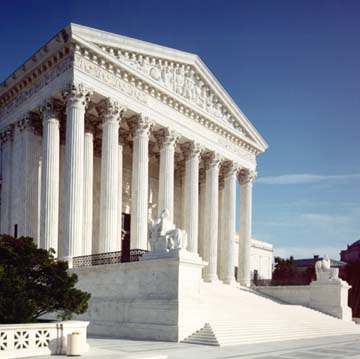
The U.S. Supreme Court declined to hear an appeal from Alabama death row inmate Mario Woodward, who was sentenced to death in 2008 despite a jury’s 8 – 4 recommendation for a life sentence. Alabama is one of only three states that allow a judge to override a jury’s sentencing recommendation for life to impose a death sentence; Florida and Delaware also allow the practice, but death sentences by judicial override are very rare in those states. Justice Sonia Sotomayor voted to hear the case, saying the Court should reconsider Alabama’s death sentencing procedure. In an opinion joined in part by Justice Stephen Breyer, Sotomayor said 26 of the 27 cases since 2000 in which judges imposed death sentences over a jury’s recommendation for life came from Alabama, including some in which the vote for life was unanimous. She speculated that Alabama’s elected judges may face political pressures to appear harsh in their use of the death penalty that unelected judges in other states do not face. “What could explain Alabama judges’ distinctive proclivity for imposing death sentences in cases where a jury has already rejected that penalty?,” she wrote. “The only answer that is supported by empirical evidence is one that, in my view, casts a cloud of illegitimacy over the criminal justice system: Alabama judges, who are elected in partisan proceedings, appear to have succumbed to electoral pressures.” She cited instances in which judges used their death sentences as part of their electoral campaigns.
A recent New York Times editorial commented on the case. The paper noted that 90% of Alabama’s judicial overrides impose death where a jury recommended life, with only 10% imposing life over a jury’s recommendation for death. “The death penalty should have no legitimate mooring at all in modern American society, and it certainly should not be imposed by a judge who is worried about keeping his job,” the editorial said.
(R. Barnes, “Sotomayor questions Alabama death-penalty process,” Washington Post, November 18, 2013; Editorial, “Death Meted Out by Politicians in Robes,” New York Times, November 18, 2013). See U.S. Supreme Court. Read the full dissent.



